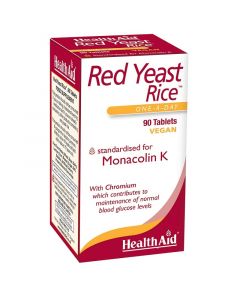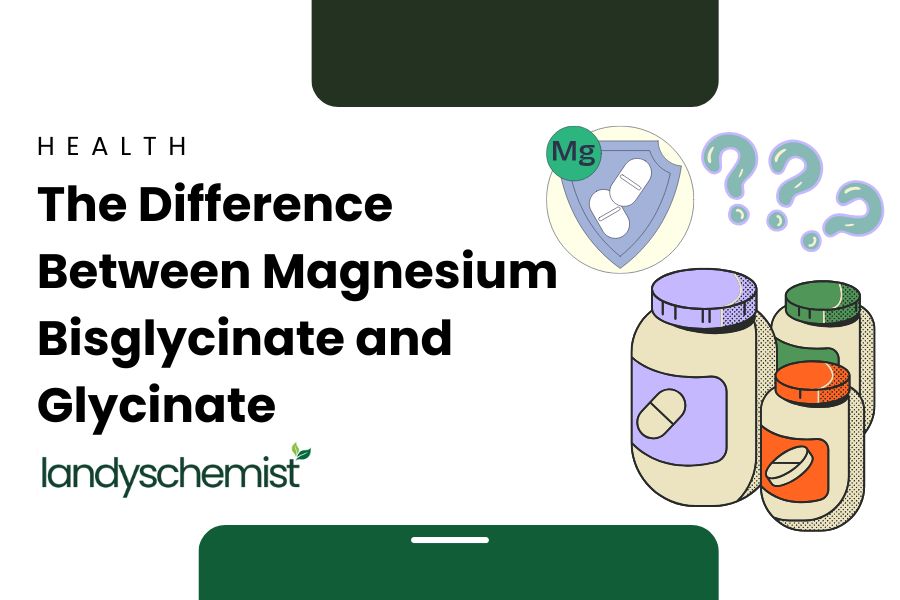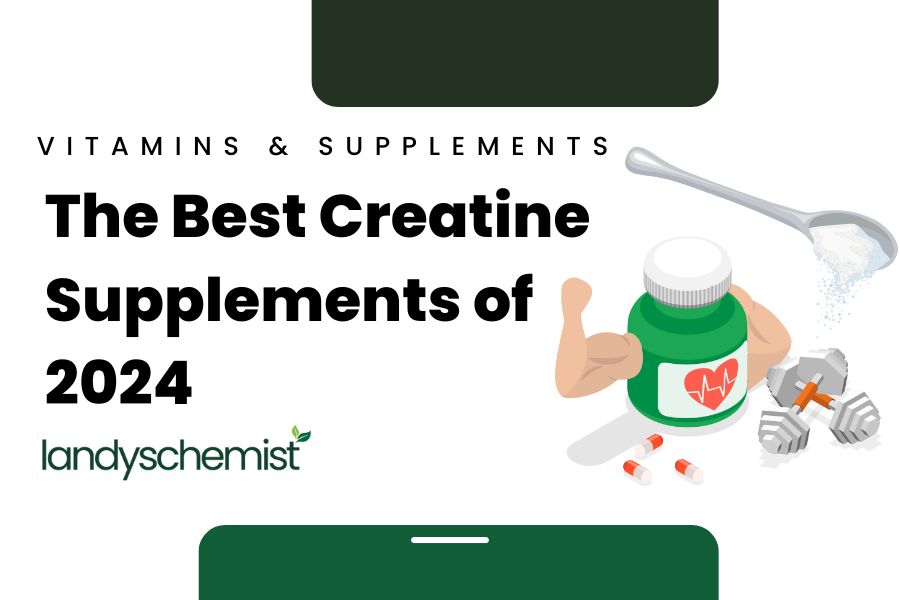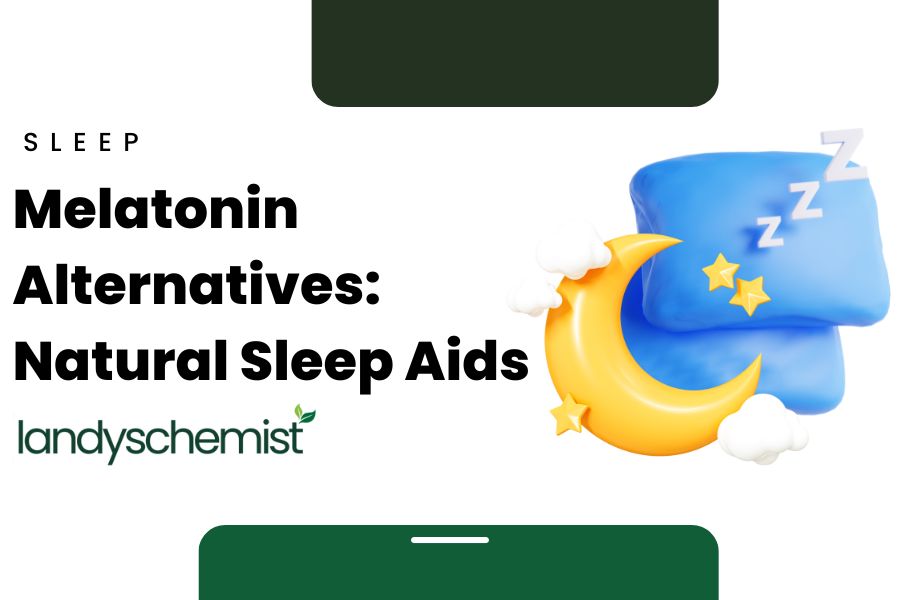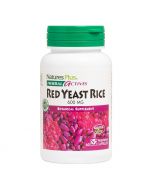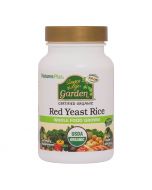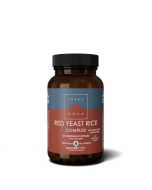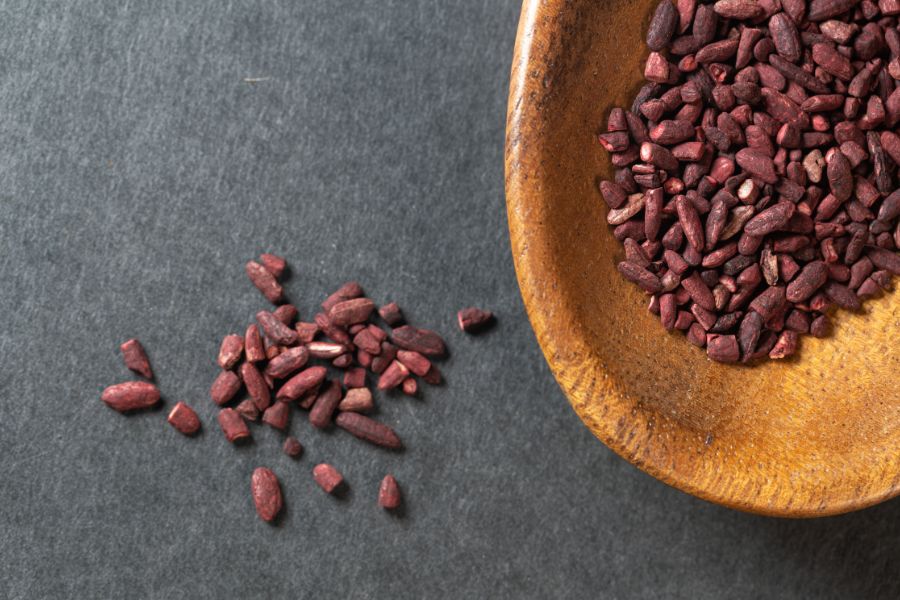
Can Red Yeast Rice Lower Cholesterol?
One natural remedy has garnered attention for its potential impact on cholesterol reduction – Red Yeast Rice. This captivating compound has drawn attention for its cholesterol-lowering properties, but its benefits extend beyond cholesterol control. It offers potential advantages such as balancing blood sugar levels and supporting heart health.
What is Red Yeast Rice?
Red yeast rice is a unique form of fermented rice, crafted through the utilization of specific mould species such as Monascus ruber or Monascus purpureus. Rooted in traditional Chinese medicine, this rice variant has been revered for its health-enhancing attributes.
These potential benefits include support for cardiovascular health by aiding in cholesterol management, promoting healthy circulation, and contributing to overall heart function. Additionally, red yeast rice has been explored for its potential antioxidant properties, which could play a role in combating oxidative stress.
What does having High Cholesterol mean?
The question of whether cholesterol is good or bad is not entirely straightforward. Cholesterol is a type of lipid (fat) that is essential for the proper functioning of the body. It is a crucial component of cell membranes, plays a role in hormone production, and helps in the synthesis of vitamin D and bile acids that aid in digestion. High Cholesterol refers to having an excess of cholesterol within the blood.
There are two primary types of cholesterol: low-density lipoprotein (LDL) and high-density lipoprotein (HDL):
LDL is often referred to as "bad" cholesterol because high levels of it in the blood have been associated with an increased risk of atherosclerosis (the buildup of plaque in arteries) and heart disease.
On the other hand, HDL is often called "good" cholesterol because it helps remove LDL from the bloodstream, reducing the risk of cardiovascular diseases like coronary heart disease or heart attacks.
So, the key is to strike a balance and maintain healthy cholesterol levels. Too much LDL cholesterol or too little HDL cholesterol can increase the risk of cardiovascular problems. Lifestyle choices, such as diet, exercise, and avoiding smoking, can significantly impact cholesterol levels.
Symptoms of High Cholesterol levels
Below is a guide to health cholesterol levels which can give an indication of which levels to aim for. (This is just a guide, and you should talk to your healthcare professional for recommended levels specific for you):
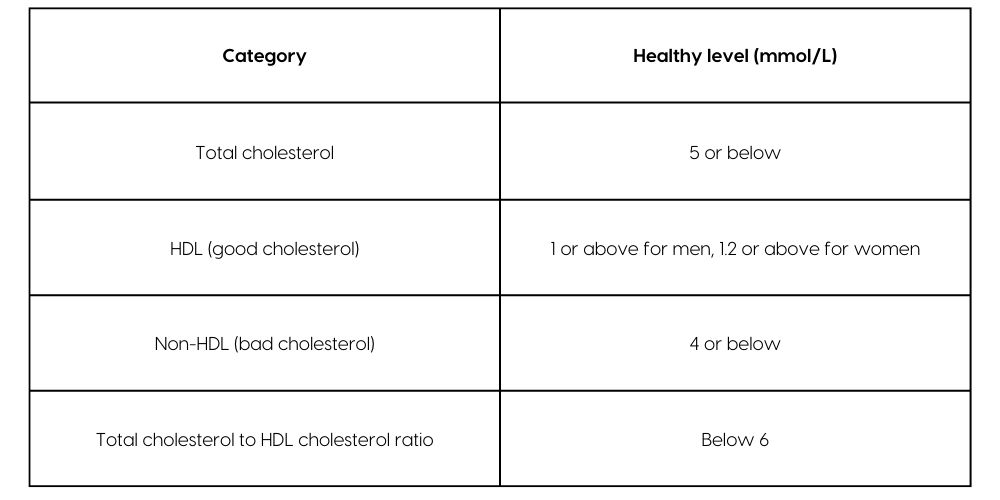
Elevated cholesterol levels elevate the risk of heart disease and strokes. While high cholesterol often lacks noticeable external indicators, certain signs may include:
Tendon xanthomata, characterized by swelling in knuckles, knees, and the Achilles tendon due to the build-up of cholesterol within tendons.

Xanthelasmas, small yellow cholesterol deposits near the inner eye corner.

Corneal arcus, a pale ring made mostly of cholesterol encircling the iris of the eye.
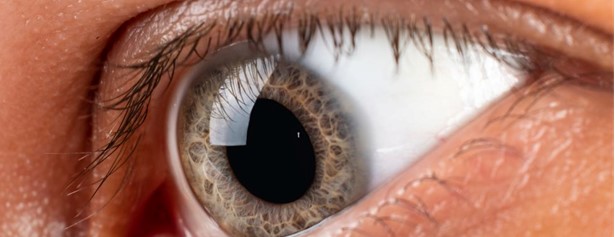
How does Red Yeast Rice lower cholesterol?
Red Yeast Rice functions through the potent compound monacolin K, which is also found in the prescription cholesterol-lowering medications such as lovastatin. This natural alternative could offer a cost-effective means to reduce cholesterol and bolster overall heart well-being.
The action of monacolins involves targeting HMG-CoA Reductase, a key enzyme responsible for producing cholesterol in the liver. By inhibiting this enzyme, levels of LDL cholesterol will decrease, and the synthesis of cholesterol within liver cells diminishes. As a result, the liver improves its uptake of LDL cholesterol from the bloodstream.
Moreover, monacolins enhance the activity of LDL receptors on liver cells, facilitating efficient removal of LDL cholesterol from the body. The use of Red Yeast Rice could potentially offer a comprehensive approach to cholesterol management and the support of heart well-being.
Is Red Yeast Rice effective at lowering cholesterol?
When it comes to naturally reducing cholesterol levels and promoting heart health, Red Yeast Rice stands out as a highly effective supplement. Research has consistently demonstrated its remarkable ability to lower LDL cholesterol, triglycerides and even blood pressure.
In a compelling 8-week study , the impact of Red Yeast Rice was explored on mice subjected to a high-fat diet, comparing results to a control group. The findings showed that Red Yeast Rice not only prevented the rise in cholesterol levels but also managed to curb increases in body weight.
Red Yeast Rice's effectiveness in reducing cholesterol levels and promoting heart health is underscored by a notable study conducted in 2009. This study involved 62 individuals who had high cholesterol and had to discontinue statin therapy due to adverse effects. Among these participants, half were randomly selected to consume red yeast rice twice daily, while the remaining half were given a placebo. In a mere 12-week span, compelling results emerged. Those who consumed red yeast rice experienced a significant reduction in their LDL cholesterol by 1.11mmol/L. This outcome highlights the potential of red yeast rice as a natural solution for managing cholesterol levels and supporting overall heart well-being.
Does Red Yeast Rice Have Other Benefits?
Red Yeast Rice is a beneficial natural way to reduce high cholesterol, but it also has other health benefits!
Red Yeast Rice for Heart Health
High levels of cholesterol play a significant role in the development of heart disease by causing arteries to narrow, thereby increasing the likelihood of heart attacks and strokes. Red Yeast Rice contributes to the mitigation of this risk by controlling high blood pressure, enhancing endothelial function, and fostering the flexibility of blood vessels, thereby preventing the constriction and rigidity of arteries.
Potential of Red Yeast Rice for Inhibiting Cancer Cell Proliferation
While research is still in progress, early indications suggest that Red Yeast Rice could potentially play a part in inhibiting the proliferation and growth of cancer cells. A study conducted on mice demonstrated that Red Yeast Rice was able to significantly reduce tumour volume when compared to a control group of mice with prostate cancer.
Red Yeast Rice for Balanced Blood Sugar and Insulin Levels
Studies have highlighted the capacity of Red Yeast Rice to reduce high blood sugar levels, regulate insulin levels, and potentially improve systolic blood pressure.
Red Yeast Rice for Mitigating Metabolic Syndrome
Metabolic syndrome, a cluster of conditions that elevate the susceptibility to chronic illnesses such as heart disease, diabetes, and strokes, is marked by factors like elevated blood pressure, imbalanced cholesterol levels, and heightened blood sugar. Research has underscored Red Yeast Rice’s potential role in proactively tackling these risk factors.
How to take Red Yeast Rice
To enhance heart health and lower cholesterol levels, consider incorporating Red Yeast Rice into your routine. This natural remedy is conveniently available in capsule or tablet formats, sometimes blended with essential components like CoQ10 and Omega-3 fatty acids. For optimised effectiveness, it's recommended to take Red Yeast Rice during the evening, as this is when the body generates most of its cholesterol. By consuming it at this time, you can effectively limit excessive cholesterol production and work towards maintaining healthier cholesterol levels.
Do not take Red Yeast Rice if you are pregnant, trying to become pregnant or breast feeding.
How much Red Yeast Rice will lower cholesterol?
The recommended dosage of Red Yeast Rice is around 1200mg (usually taken in two doses) with food. Results can start to be seen in as little as 12 weeks.
Red Yeast Rice Product Recommendations
This product supports cardiovascular health and has been carefully formulated to avoid the presence of citrinin, a naturally occurring mycotoxin.
This product is suitable for vegetarians and vegans, and helps eliminate blood stasis, regulate blood sugar and support stomach health to with Chromium.
Commonly asked questions about Red Yeast Rice
How long does it take for red yeast rice to lower cholesterol?
Studies vary in time length, but some studies show that those who took red yeast rice over a 12 week period showed lower levels of cholesterol, LDL and triglycerides when compared to those who were taking a placebo. Some show that taking 1.2g per day for 8 weeks lowered LDL levels by almost 25%.
Is Red Yeast Rice a good alternative to statins?
Red Yeast Rice can lower blood cholesterol levels in the similar way as commonly prescribed statin medications, using the active compound monacolin K. It is cheaper than statin medications, however, always consult with a medical professional what is most suitable for you as you can still experience the same side effects as statin medications.
As red yeast rice contains monacolin K, the same active ingredient which is used in statin drugs commonly used to lower cholesterol, it is best to avoid taking red yeast rice with statins unless directed to do so by a healthcare professional. This is because taking both could increase the risks of side effects.
What supplements should be avoided when taking Red Yeast Rice?
Niacin and St Johns wort should be avoided when taking Red Yeast Rice, as niacin will increase the risk of myopathy and St. John’s wort reduces the effectiveness of red yeast rice.
Are there any side effects to taking Red Yeast Rice?
As with all natural supplements, adverse effects can occur in certain individuals. Common side effects include elevated hepatic enzymes, gastrointestinal problems such as bloating, gas and stomach pain. Research is still ongoing into the benefits and long-term use of red yeast rice and so it is not recommended for those who are pregnant or breast feeding.
If you are experiencing any adverse symptoms, consider decreasing the dosage and consulting your trusted healthcare professional.
Who should not take Red Yeast Rice?
You should not take Red Yeast Rice if you experience kidney problems, or have kidney disease, thyroid problems, or musculoskeletal disorders. You should also avoid Red Yeast Rice if you are pregnant, breastfeeding or have a higher risk of cancer.
By Saarah Mengrani, MSc Biotechnology

